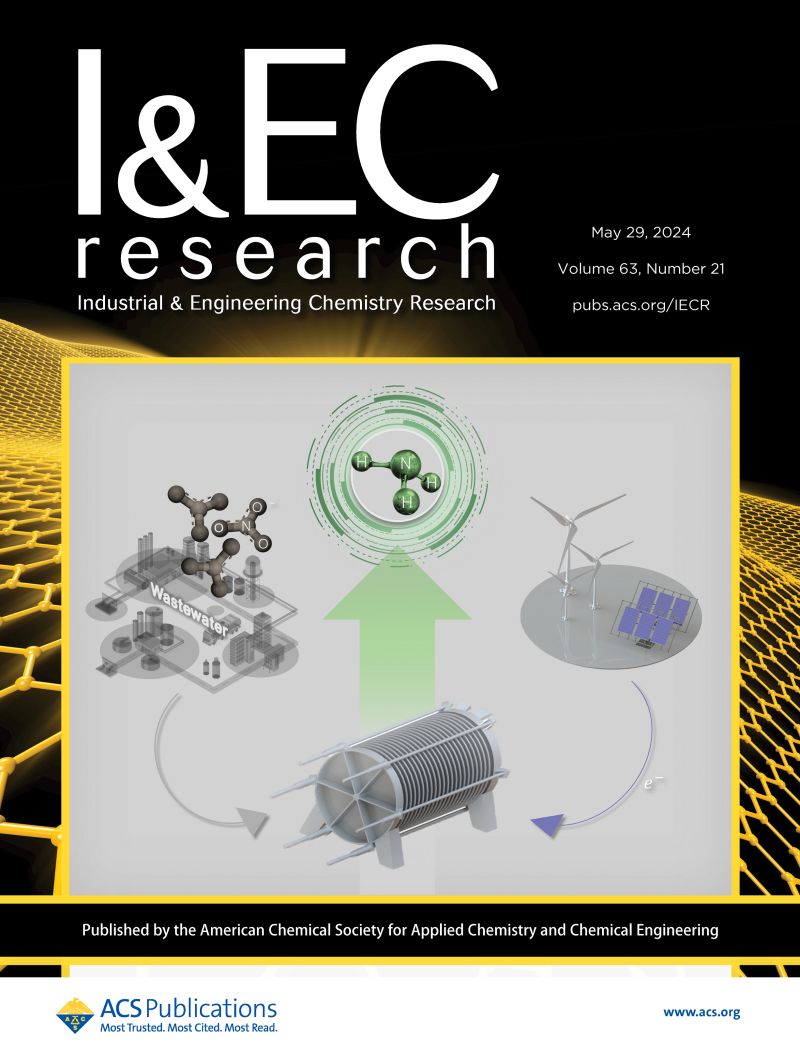Review on Graph Neural Networks for Process Soft Sensor Development, Fault Diagnosis, and Process Monitoring
IF 3.8
3区 工程技术
Q2 ENGINEERING, CHEMICAL
引用次数: 0
Abstract
The advances of data-driven modeling methods bring new opportunities to numerous intractable tasks in industrial process modeling and exploration. Nevertheless, the extension of these applications has encountered challenges: reliance on large amounts of high-quality training data, generating physically inconsistent solutions, and low interpretability. There is a growing consensus that graph neural networks (GNNs) offer a promising solution for the above challenges by integrating variable interactions, process mechanisms, and expert knowledge into data-driven modeling methods. This review introduces a range of classic GNN architectures and highlights how they address challenges in traditional process modeling, such as ensuring physical consistency and interpretability. Different from existing reviews, it discusses GNN development from the perspectives of prior knowledge and labeled data availability, covering applications in soft sensing, fault diagnosis, and process monitoring. Real-world implementation frameworks and relevant software packages are summarized to illustrate the practical benefits of GNNs for improving operational efficiency and safety. Additionally, a series of benchmark processes suitable for GNN evaluation are presented. Finally, current limitations and future research directions are identified, aiming to guide broad and deep GNN adoption in the process industries.

求助全文
约1分钟内获得全文
求助全文
来源期刊

Industrial & Engineering Chemistry Research
工程技术-工程:化工
CiteScore
7.40
自引率
7.10%
发文量
1467
审稿时长
2.8 months
期刊介绍:
ndustrial & Engineering Chemistry, with variations in title and format, has been published since 1909 by the American Chemical Society. Industrial & Engineering Chemistry Research is a weekly publication that reports industrial and academic research in the broad fields of applied chemistry and chemical engineering with special focus on fundamentals, processes, and products.
 求助内容:
求助内容: 应助结果提醒方式:
应助结果提醒方式:


